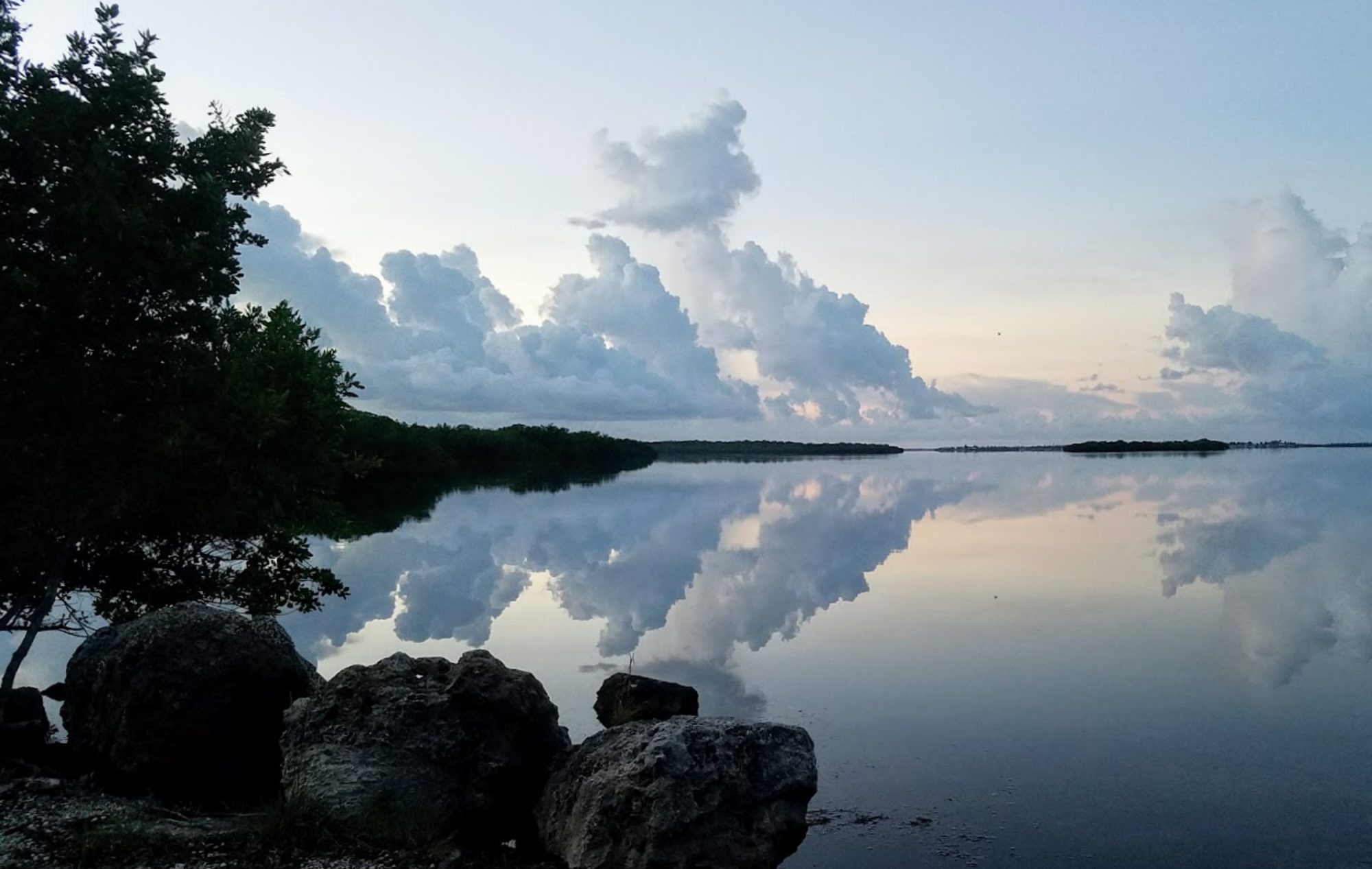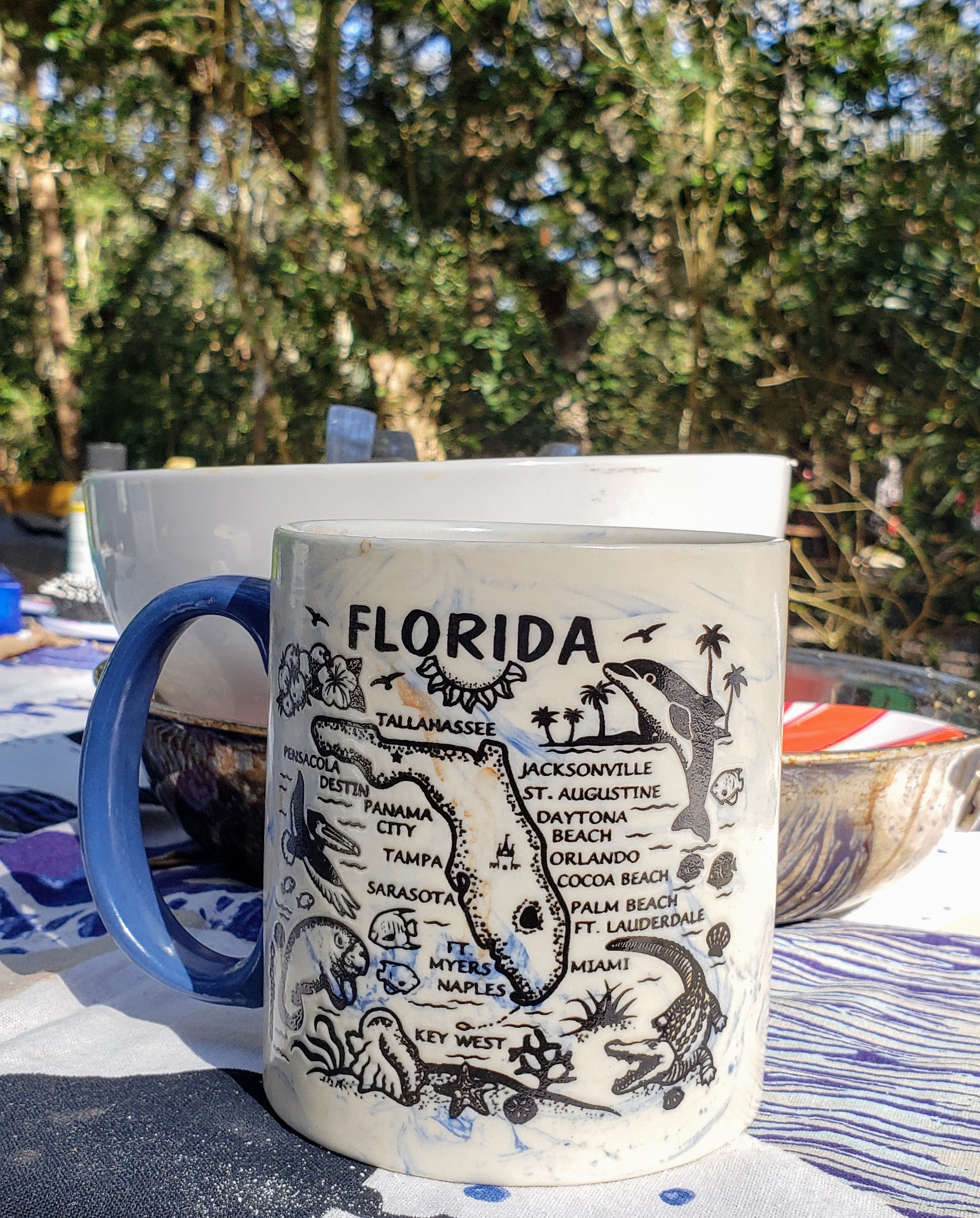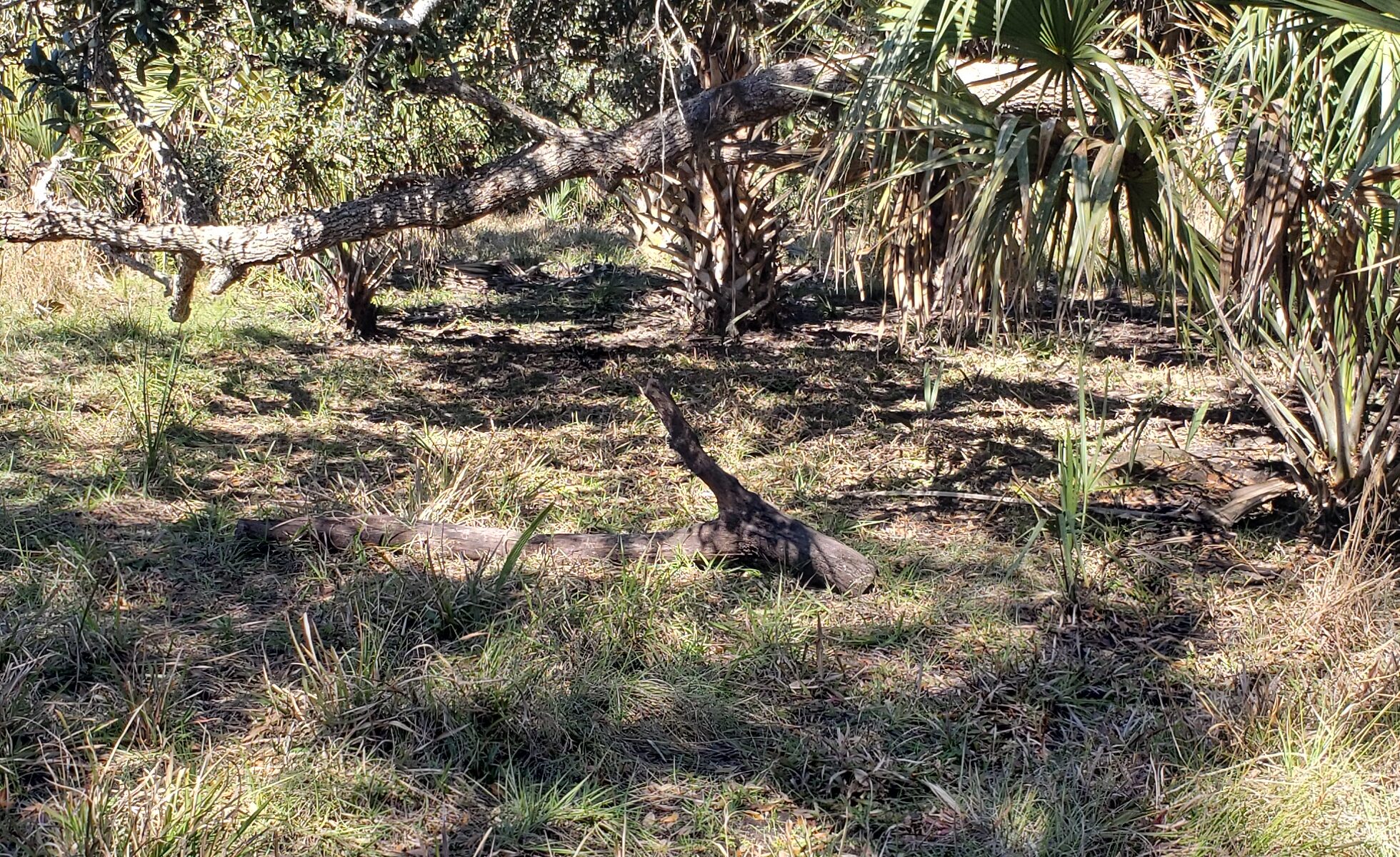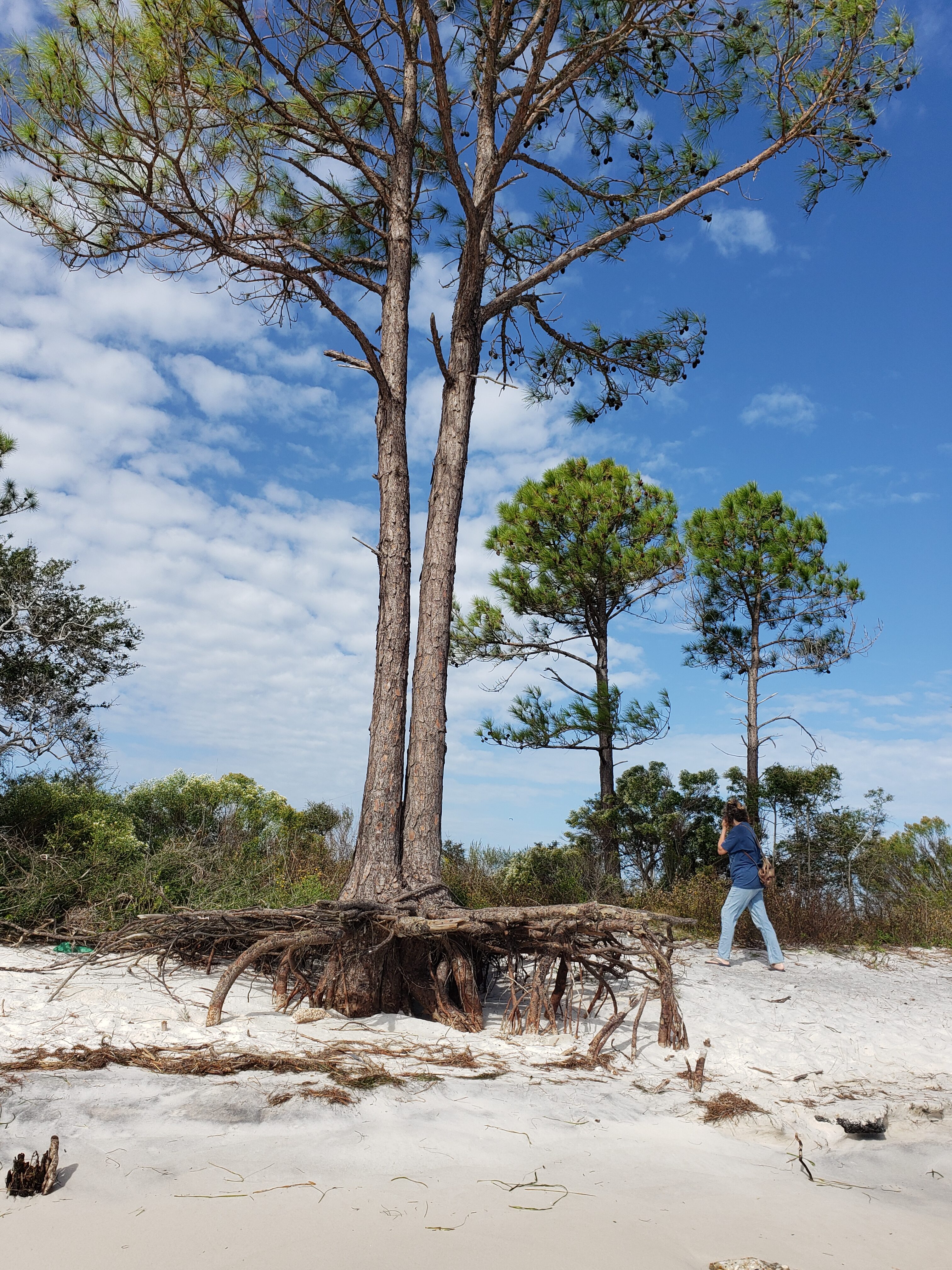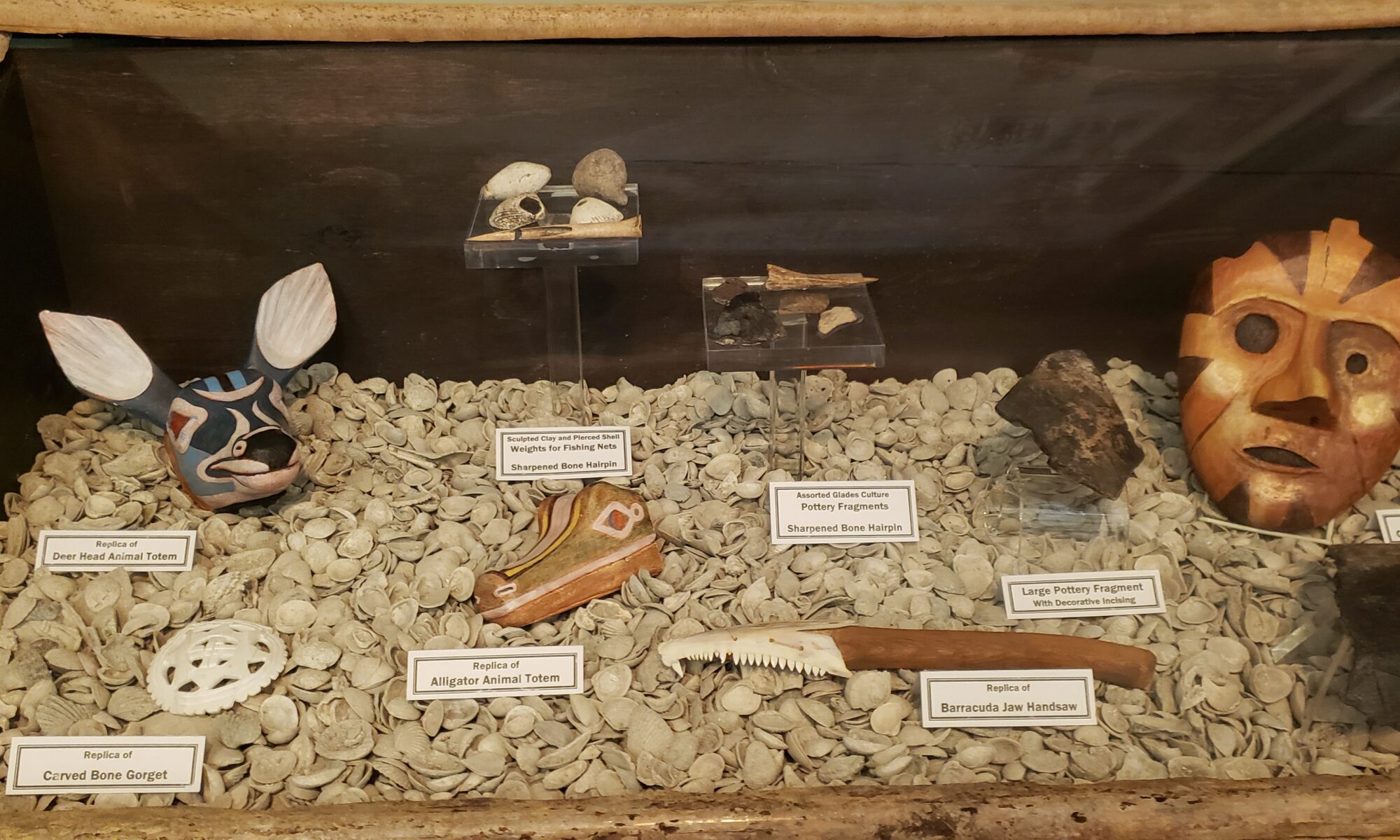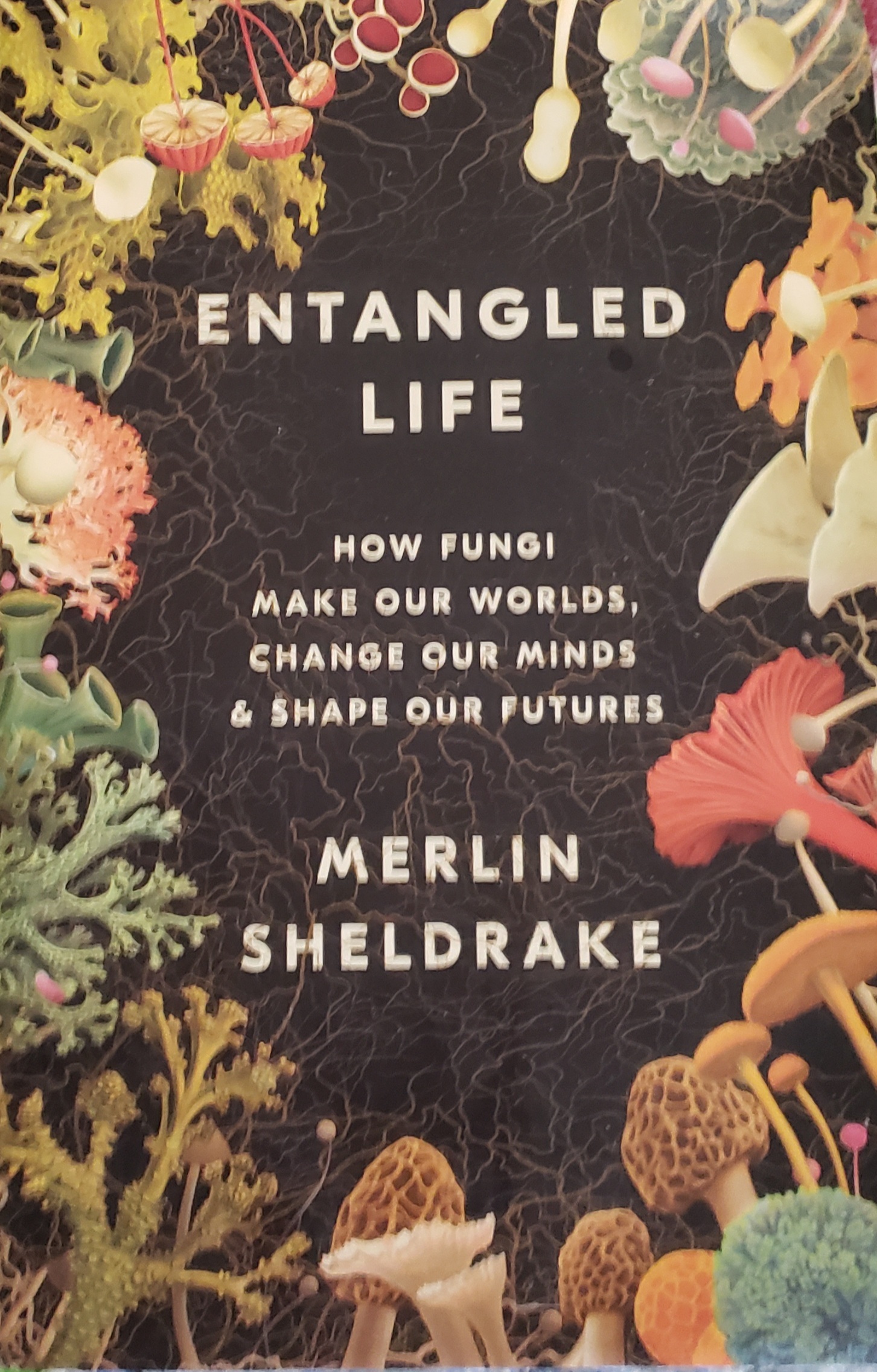The very first time we took our daughter camping, many years ago, was to Anastasia Island. We had a glorious trip, and I’ve always loved returning to that pristine beach and just watching the surf pound the shore. When I was able to reserve a campsite earlier this year, I was thrilled. I was looking forward to some hard-charging days of exploring, but that’s not the way it worked out.
Continue reading “The Plan That Fell Apart: Anastasia State Park”WWW – 4.21.2021
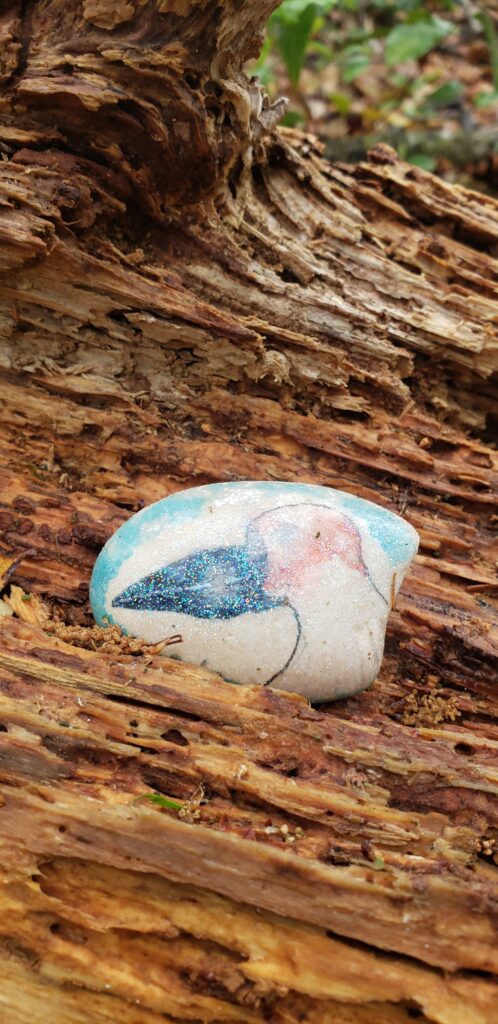
Kissimmee Prairie State Park
This state park is remarkable for many reasons, but the two most important are these: it is the largest remaining expanse of dry prairie in the state of Florida, and the first park in Florida to be recognized as a Dark Sky Site by International Dark Sky Association. While the park is a dry prairie, you can still expect to get your feet wet during the summer months when rain and bugs are far more troublesome than they were for our February camping trip.
Continue reading “Kissimmee Prairie State Park”WWW – 04.14.2021
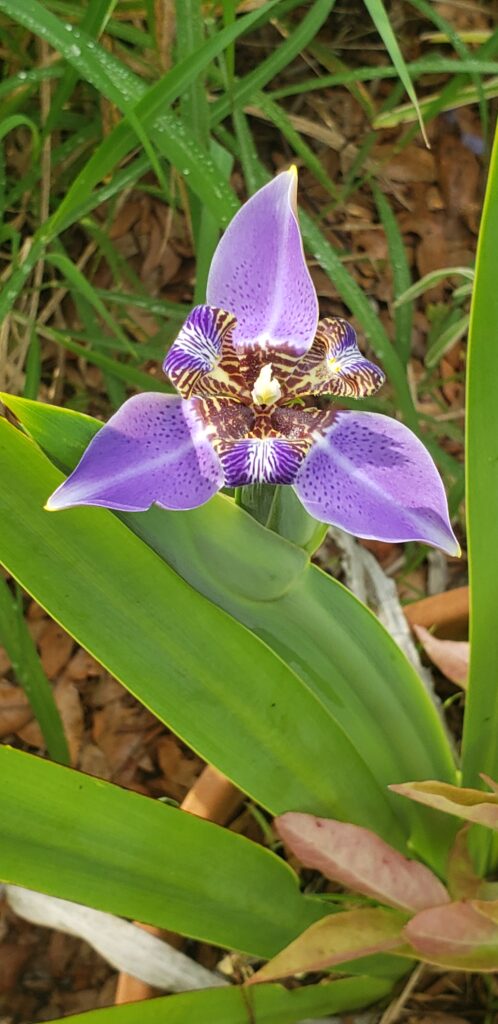
Mashes Sands, Panacea
Hermit crabs! Crucifix shell! Horseshoe crab shells! Though it be small, Mashes Sands Beach is a spot that should not be missed. This sugar sand beach offers a small parking lot and such a nice portable toilet setup that I would put it in my house. A picturesque salt marsh, which was emptying into the Gulf through a small inlet in the western edge of the beach on my first visit, lines each side of the road to this beach.
Continue reading “Mashes Sands, Panacea”WWW – 04.07.2021
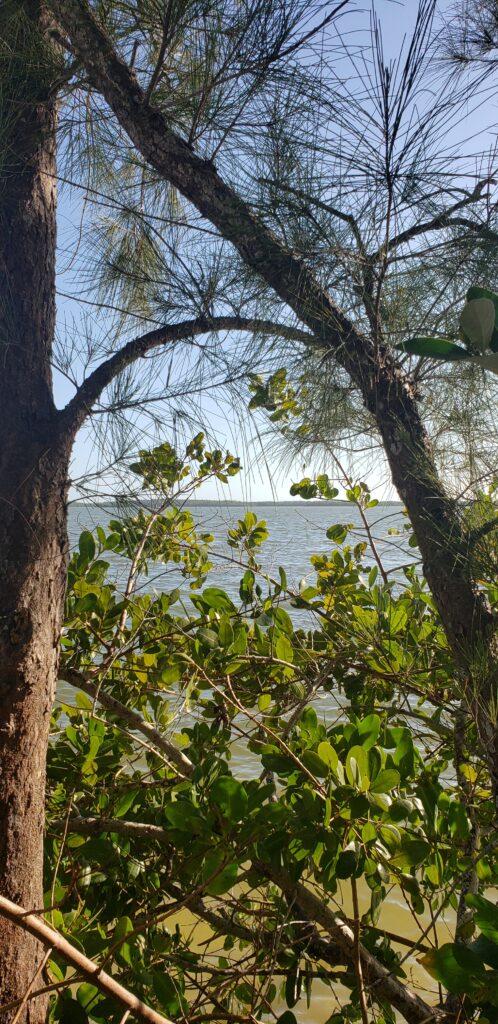
Gopher Tortoise Day
Along with Lake County and East Lake County Chamber of Commerce, I encourage all residents of Lake County to celebrate Gopher Tortoise Day on April 10.
Gopher TOrtoise Day
Gopher Tortoise Day was started by the Gopher Tortoise Council. This group formed in 1978 by southeastern biologists and others concerned with the decline of the species. The gopher tortoise is a large land turtle that lives in burrows it digs in sandy soil. Many other species, such as the Eastern indigo snake and the gopher frog, use the burrow for refuge. Gopher tortoises are herbivores that feed primarily on wiregrass, broadleaf grasses, legumes and non-legume forbs.
Printed materials available at chamber of commerce
I will be providing printed materials prepared by FWC to inform the community about gopher tortoises and other animals that depend upon their burrows. These materials will be available at East Lake County Chamber of Commerce on and after April 10, 2021.
My Exquisite Florida encourages individuals and organizations to assist in the conservation of this important species by adopting a Gopher Tortoise Day in their communities to increase awareness and appreciation for these long-lived, gentle reptiles.
In Florida, gopher tortoises are state and federally protected, and are found in all 67 counties. They are frequently encountered in neighborhoods, along roadways, and on many of the state’s private and public lands.
Keystone species
Gopher tortoises are a keystone species because they dig huge underground burrows. The burrows provide refuge for over 360 other wildlife species. In Florida, some of the endangered species that benefit are the Florida Pine Snake, Gopher Frog, Eastern Indigo Snake, Florida Mouse, and Eastern Diamondback Rattlesnake. Additionally, hundreds of invertebrates like beetles and crickets depend on tortoise burrows! Without gopher tortoise burrows, many of these species might not survive.
WWW – 04.01.2021
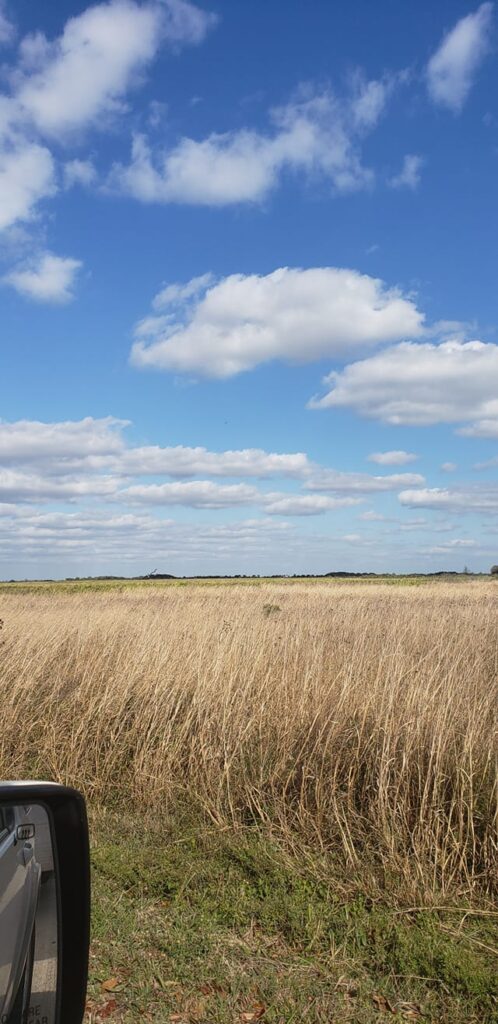
Museum of the Everglades
If you’re in southwest Florida and have a couple hours to spare, a visit to Museum of the Everglades should be on the top of your agenda. Judy and I stopped here during a visit to Everglades City, and I am SO glad we did. I don’t think either of us expected to be wowed by this small museum housed in an old laundry, but from the whimsical bike rack shaped like an alligator to the delicately stitched Seminole textiles to the welcoming volunteer answering questions at the front desk, Museum of the Everglades is a small but mighty exemplar of a museum – and it’s FREE. Make a donation, if you please, and I hope you please.
Continue reading “Museum of the Everglades”A Review: Entangled Life
Just as I was completing my undergraduate degree (Psychology, University of Central Florida, thanks!), Michael Pollan released The Botany of Desire, a book about plants and how, while we think we are manipulating them, they might actually be changing human behavior. It was a book that ignited a spark for me, and I’ve never looked at human behavior in exactly the same way. I think of this book often, and often when the subject matter is not related to plants, but instead is some perspective-shifting topic.
Entangled Life, by Merlin Sheldrake, is another spark-igniting book that is frequently called to mind by everyday occurrences. Since childhood, Sheldrake has been fascinated with fungi, and his passion is evident. While we may overlook the over 2 million species of fungi living in the soil, in the air, and even inside rock, Sheldrake has engaged with them and brings new knowledge and the beginnings of understanding to every page.
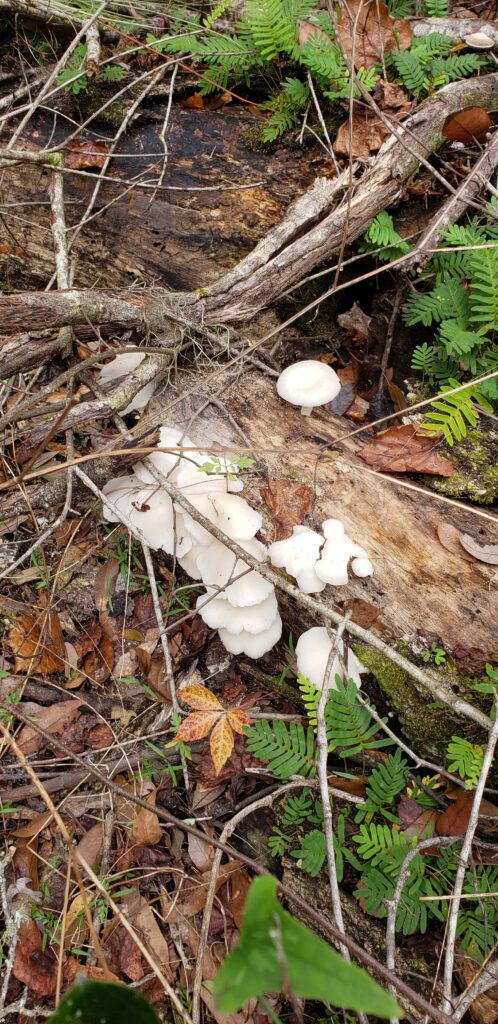
I loved how this book moved from hard science to anecdotes to quotes from contemporary musicians and philosophers and back again. Even the illustrations were originally drawn with ink made from mushrooms! To me, this is a demonstration of his hypothesis that the fungal hyphae and mycelial tissue are agents of communication, that they can transmit and receive signals from each other and even from other plants. Many trees over wide areas appear to signal each other using fungi in a network he calls the Wood Wide Web.
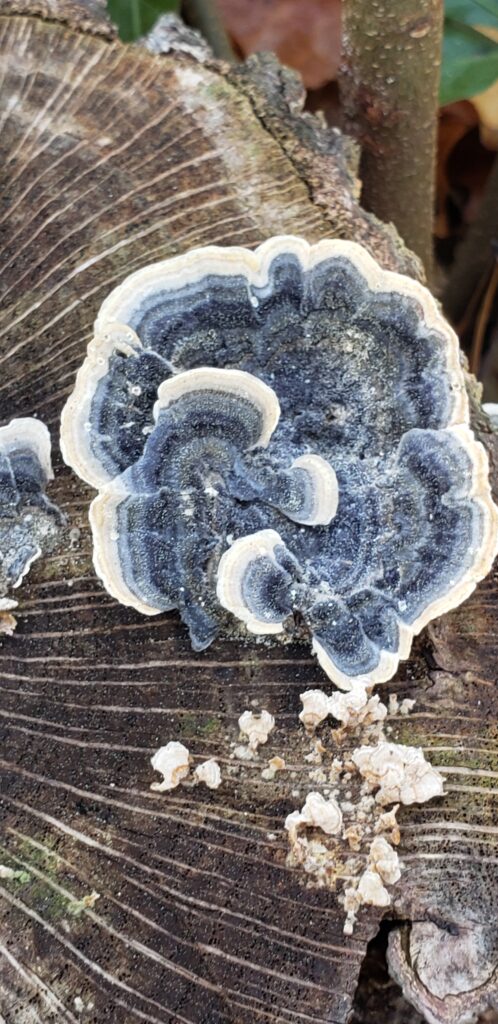
Almost all plants depend on fungi for a ready supply of minerals, and nearly all fungi receive nutrients from plants which can photosynthesize. In the lab, if you cut the fungal filaments and remove the food supply, new filaments grow directly toward where food previously existed – a process that looks like conscious behavior or even memory. But Sheldrake points out that to think of the process in this way is probably anthropomorphizing fungus, and that we do not yet understand exactly what is happening and why. Heck, we may not even have the language yet to describe what’s going on.
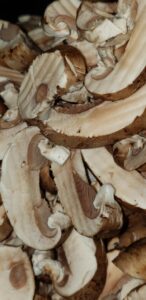
How exciting is this! If you believe, as I do, that all of life is an interdependent web (Thank you, Unitarianism), then these processes and the questions of self and not-self make perfect sense viscerally even though they are not fully understood intellectually. We have long understood the role fungi play as decomposers, but Sheldrake opens a window onto a world where they have an even more important role as builders and facilitators.
What a surprise to learn that this is Sheldrake’s first book. . .if we are very fortunate, it will not be his last.
